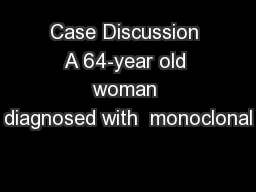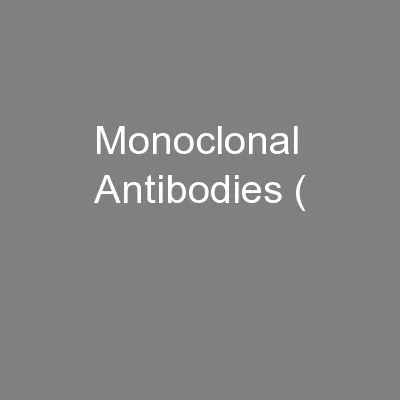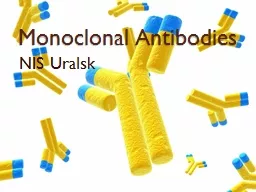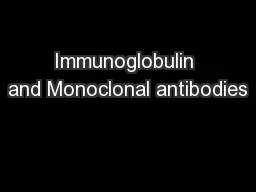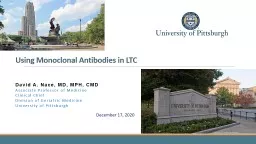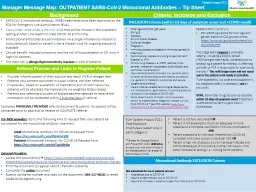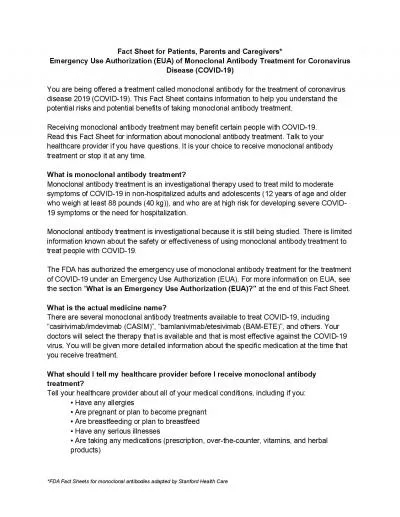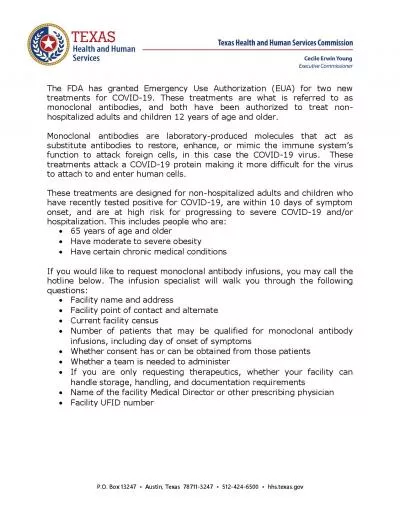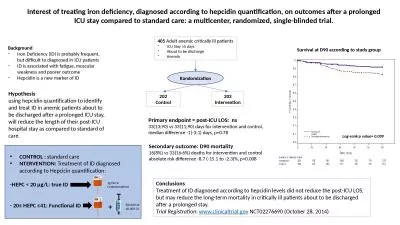PPT-Case Discussion A 64-year old woman diagnosed with monoclonal
Author : faustina-dinatale | Published Date : 2019-11-06
Case Discussion A 64year old woman diagnosed with monoclonal gammopathy of undetermined significance MGUS in September 2015 She has been monitored over time and
Presentation Embed Code
Download Presentation
Download Presentation The PPT/PDF document "Case Discussion A 64-year old woman diag..." is the property of its rightful owner. Permission is granted to download and print the materials on this website for personal, non-commercial use only, and to display it on your personal computer provided you do not modify the materials and that you retain all copyright notices contained in the materials. By downloading content from our website, you accept the terms of this agreement.
Case Discussion A 64-year old woman diagnosed with monoclonal: Transcript
Download Rules Of Document
"Case Discussion A 64-year old woman diagnosed with monoclonal"The content belongs to its owner. You may download and print it for personal use, without modification, and keep all copyright notices. By downloading, you agree to these terms.
Related Documents

